|
Basic Sourdough Loaf What is Sourdough? Broken down to the bare basics, a simple loaf of sourdough consists of flour, water and salt. Add to that culture (also flour and water), warmth and time, and we get a loaf of bread that will hopefully turn you away from store-bought loaves for good. An organic process (the oldest way to make bread, actually), baking a loaf of sourdough takes time and effort. Lots. It is after all the natural transformation of the above ingredients into something that will change your dietary life forever. Why Sourdough? A key part of the whole process is fermentation. During fermentation, naturally occurring yeast and lactic acid bacteria (LAB) work at breaking down the flour for food. LAB breaks down the flour to get carbohydrates for food, leaving sugars for the yeast. The yeast feed on the sugars, creating carbon dioxide, which causes the loaf to rise. Thus, flour is rendered into a state that is easily broken down and digested by us, being more suitable for people who suffer from certain digestive issues like gluten intolerance. Even those with a healthy digestive system will benefit, as their systems are not stressed, and over time will continue to maintain a healthy balance of gut microbes. Acidity of the loaf inhibits mold development, so your bread lasts longer on your countertop (without chemical help). The controlled release of sugars due to action by the LAB makes sourdough low GI by default (except for loaves with sweeteners). Minimal processing. Basic Ingredients of Sourdough Flour The basis of all bread baking. Each grain consists of the bran (13%), germ (3%), and endosperm (84%). Big, commercial roller mills usually will sift out the bran and germ, and the endosperm is processed further for commercial use. Stone-milled flour on the other hand, is generally considered healthier as it retains more of the original vitamins and minerals in the wheat grain, as stone mills are usually colder. Roller mills operate at higher temperatures and so burn off some of the nutrients in the process. Water Water is the ‘link’ between the ingredients. Water temperature affects fermentation. Water volume affects crumb and texture. In Singapore, water can be used from the tap. Do not use NEWater or any type of de-oxygenated water. Water also provides food to organisms in the dough. Salt Salt, though used in small amounts in sourdough breads, is important as it strengthens gluten in the dough, controls fermentation and improves flavor. Always use sea/artisan salts as they are the least processed and therefore environmentally responsible. Starter maintenance 0.3 starter : 1 flour : 1 water
Day 3: About 4-6 hours before baking (aim is to increase the amount of starter by 3 times over 6 hours) 80g starter + 100g flour (I use 50g bread flour and 50g whole-wheat flour) + 100g water For regular maintenance
Here is how to make your own Sourdough Starter. Baker’s Percentage A mathematical method to calculate the amounts of other ingredients relative to the total flour weight. Basic Formula (always take into account that the starter has flour and water too) Starter Starter 10g Flour 25g Water 25g Total 60g Final Dough Bread Flour 300g (100%) Water 201g (70%) Starter 60g (20% for 16-24 hours loaf fermentation) Salt 7g (2%) Total 568g Notes: -For whole-wheat breads, substitute 10-30% whole wheat flour. When changing flours, always increase the quantity of water slowly by 5% and go by feel. This extra addition of water is called Bassinage. -For same day bakes, increase starter to 40-60%. 4-6 hours loaf rise (fermentation) at room temperature. Basic process
Autolyse Mix 300g flour and 201g water together in a bowl until well combined. Cover and set aside for 30 min – 2 hours. Add starter Add 60g starter. Combine well, cover and set aside for another 30 minutes. Add salt Add 7g salt. With wet hands, knead the salt into the dough. Set aside for 30 minutes. Bulk fermentation Using “coil folds” or “stretching and folding” technique, work on the dough 3-4 times every 30 minutes until it starts to hold shape (about 2-3 hours in total). Once the dough starts to hold shape, continue to rest the dough for 1-2 hours until it increases in size by about 30%. Poke test You can check fermentation at this stage using the "poke test". With floured fingers gently poke the dough using your index finger - if it bounces up slowly it's ready. If it rises too fast, it's under-fermented (continue to rest and ferment). If it leaves a dent, it's over-fermented. Shaping Using lightly floured hands, stretch and fold the dough gently first into thirds. Rotate at a 90º angle, then roll it all the way up into a log. Lift it gently. Place it smooth side down into your banneton, seal the edges and butt cracks. Final Proof Cover with a shower cap, rest at room temperature for about an hour, then cold-proof in the refrigerator at 4-5ºC for 16-24 hours. Score and bake
4 Comments
Tom
16/12/2022 08:49:16 am
Came looking for whether Singapore's tap water could be used for starter making.
Reply
Payal Thakurani
8/5/2023 09:02:24 pm
Yes Singapore water is fine. And yes you can use 100% whole wheat but your bread will be quite dense and heavy.
Reply
Erin
12/12/2023 07:20:24 am
May I know what brand of bread flour do you use in Singapore?
Reply
13/12/2023 11:31:21 am
Not a lot of choice unfortunately, so I end up buying Bob's red mill.
Reply
Leave a Reply. |
AuthorPayal Thakurani is a cooking instructor, consulting chef, and author of the popular Southeast Asian cookbook “Curries for the Soul”. Originally based in Shanghai China, chef Payal has been in the food industry since 2012, working in training and brand development in central kitchens. She was also the proud owner of a cooking school and several food brands in Shanghai. She now lives in Singapore and heads Commune Kitchen in Downtown Gallery, where she hosts affordable, hands-on cooking classes for all ages. ArchivesCategories |
ServicesAs Listed On:
|
OUR KITCHENCommune Kitchen Pte. Ltd
182 Cecil Street #02-10/11 Frasers Tower 069547 |
|
© COPYRIGHT 2024. ALL RIGHTS RESERVED.

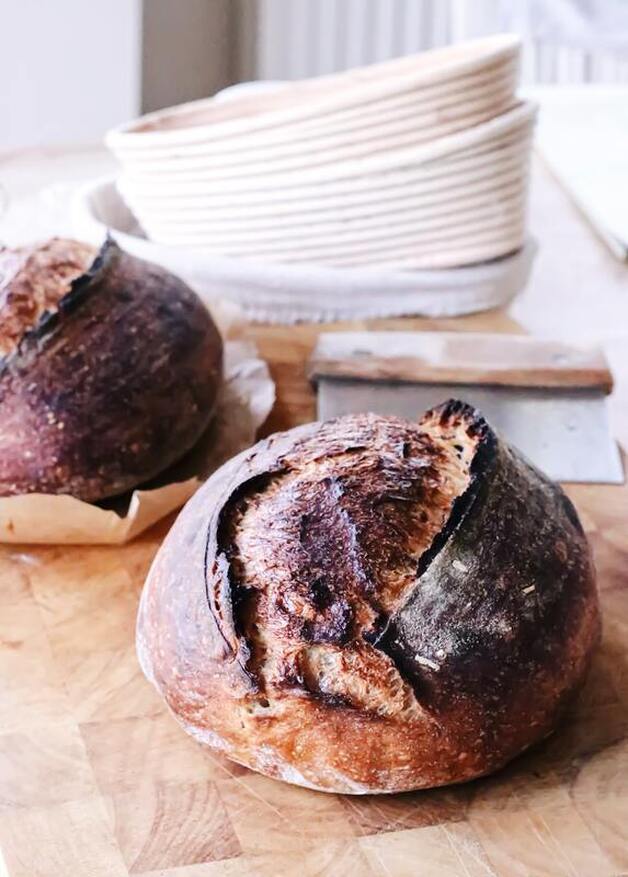
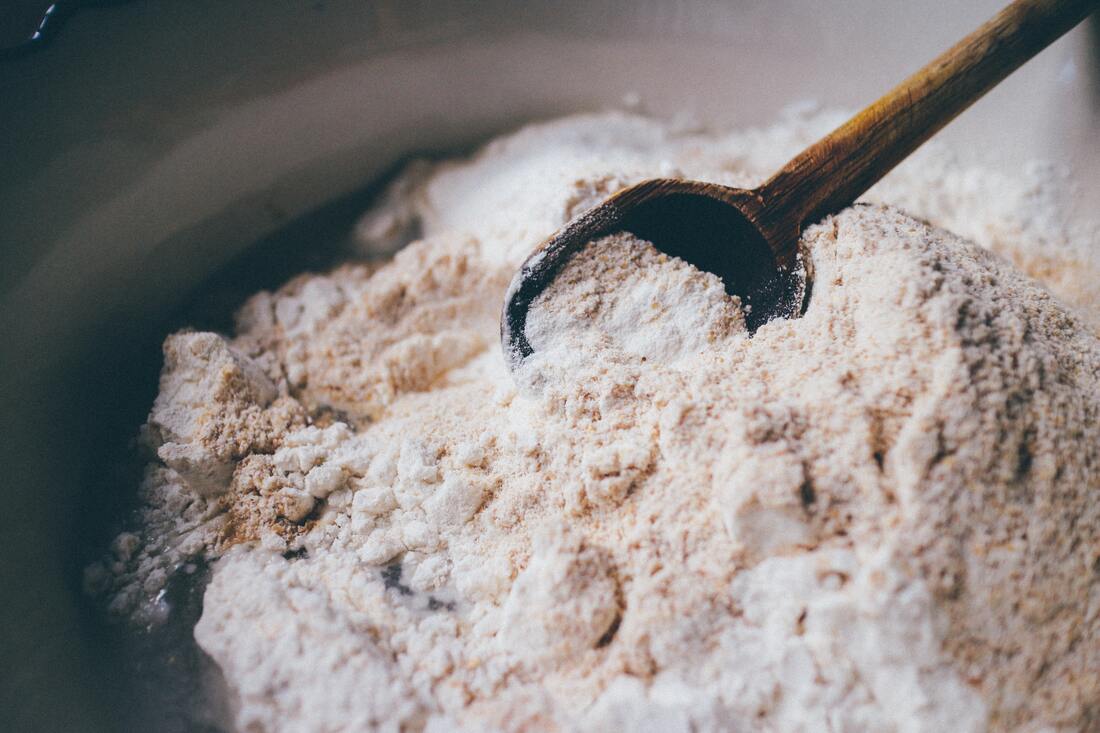
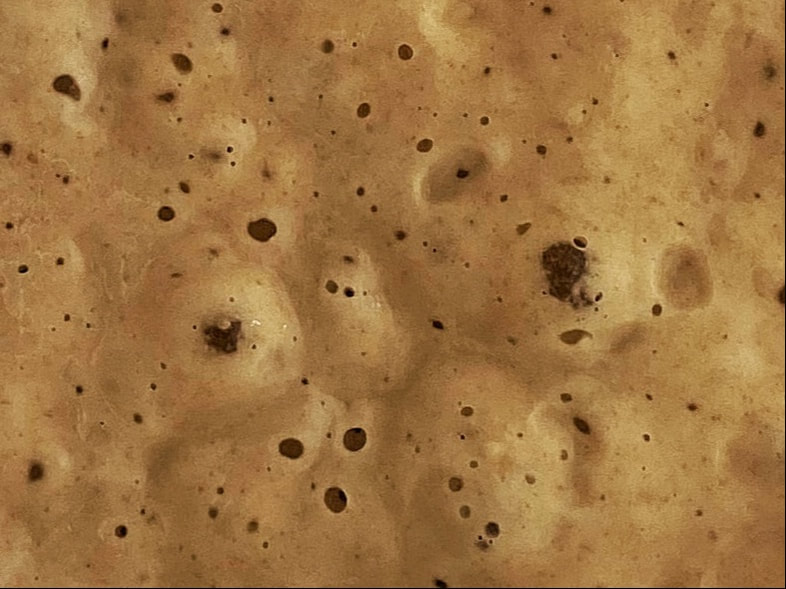
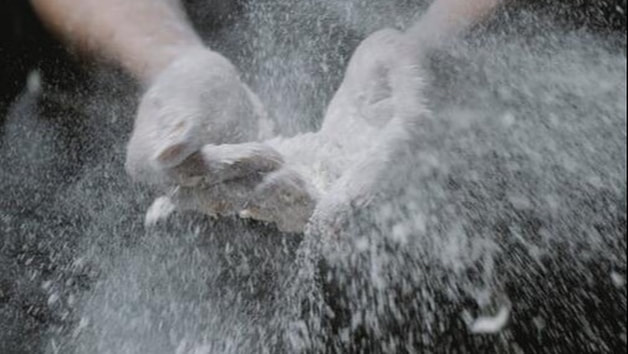
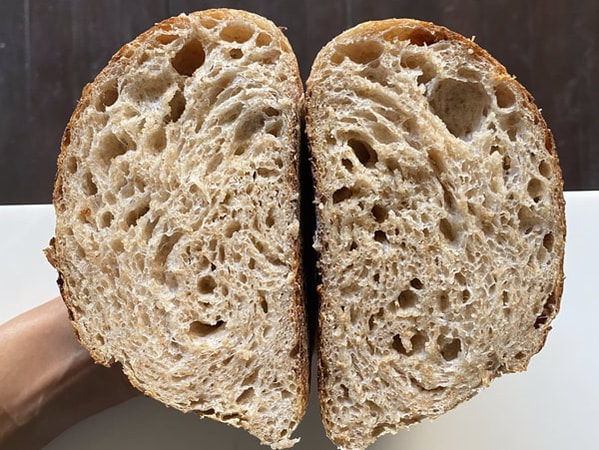
 RSS Feed
RSS Feed
